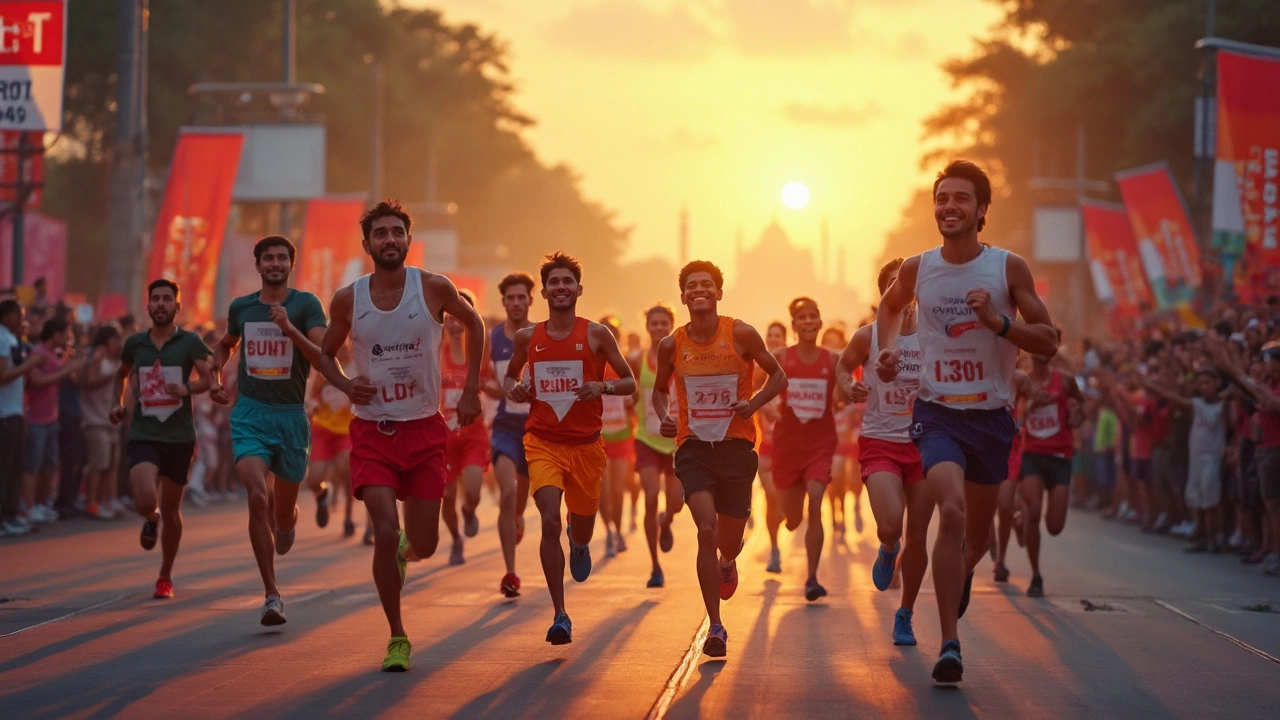Running Safety: Practical Tips to Keep You Injury‑Free
Running feels great, but one slip or bad habit can ruin weeks of progress. The good news? Most injuries are preventable with a few simple habits. Below you’ll find straight‑forward advice you can start using today, whether you’re a casual jogger or training for a marathon.
Pick the Right Shoes
Most beginners think any sneaker will do, but your shoes are the first line of defense. Look for a pair that matches your foot shape, offers decent arch support, and has a flexible yet protective sole. If you run on trails, choose shoes with a grippier tread; for pavement, a cushioned model reduces impact. Replace them every 300‑500 miles – the midsole breaks down long before the outsole looks worn.
Plan Smart Training Sessions
Ramp‑up too quickly and you’ll invite shin splints, knee pain, or sore hips. Follow the 10 % rule: increase weekly mileage by no more than ten percent. Mix hard days with easy runs, and always slot in at least one rest day per week. On long‑run days, keep the pace conversational; speed work belongs on shorter, structured sessions.
Warm‑ups matter more than many realize. Spend five to ten minutes walking or jogging slowly, then do dynamic moves like leg swings, high knees, and ankle circles. These actions prime muscles and joints, making them less likely to strain when you hit your stride.
Hydration and nutrition are part of safety, too. Dehydration can cause cramps and dizziness, while low glycogen leaves you fatigued and less coordinated. Carry water on runs longer than 45 minutes and eat a carb‑rich snack about an hour before you start.
Pay attention to the ground you’re on. Wet leaves, cracked pavement, or uneven trails increase the risk of falls. When conditions are slick, shorten your stride, lift your feet a bit higher, and consider a softer surface like a track or grass field.
Listen to your body’s signals. A dull ache that disappears after rest is usually fine, but sharp pain that lingers needs attention. If you notice persistent soreness, take a day off, apply ice, and if it doesn’t improve, consult a physiotherapist before you push on.
Strength training rounds out your safety plan. Simple moves – squats, lunges, calf raises, and core planks – build the muscles that stabilize your joints. Aim for two short sessions a week; you’ll run stronger and recover faster.
Finally, don’t forget visibility. If you run early mornings or evenings, wear bright clothing and reflective gear. A headlamp or a light‑mounted on your shirt can make a huge difference in staying seen and avoiding accidents.
Putting these habits together creates a solid safety net. Your runs become more enjoyable, your injury risk drops, and you’ll see steady progress toward any distance goal, from a 5 K to a full marathon.
Ready to run safer? Grab a pair of shoes that fit, map out a gradual mileage plan, and start adding those quick warm‑up moves. Your future self will thank you when you cross the finish line feeling strong and pain‑free.
